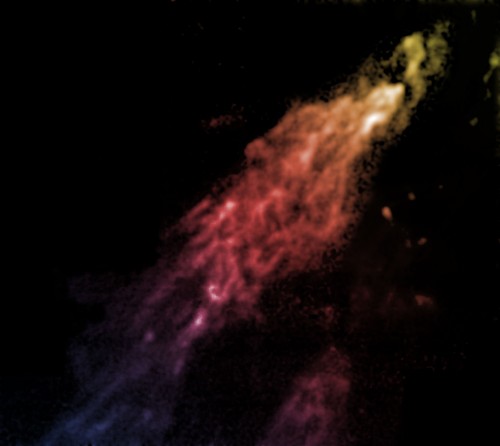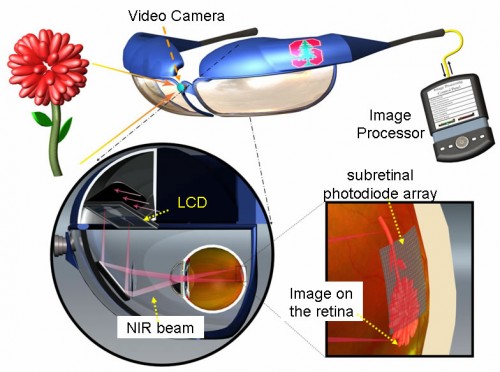Category Archives: AAAS Annual Meeting 2015
Coming soon(ish) to a galaxy near you

Image of Smith’s Cloud taken by the Green Bank Telescope. (Courtesy: Bill Saxton, NRAO/AUI/NSF)
By Margaret Harris at the AAAS meeting in San Jose
A giant cloud of hydrogen gas is barrelling towards the Milky Way faster than the speed of sound, and dark matter may hold it together long enough to produce a spectacular outburst of new stars in the night sky – but not for another 30 million years.
The cloud – which is known as Smith’s Cloud after Gail Bieger-Smith, who discovered it as an astronomy student in 1963 – is one of several starless blobs of hydrogen known to exist in the space between galaxies. According to Felix “Jay” Lockman, principal scientist at the US National Radio Astronomy Observatory’s Green Bank Telescope, such gas clouds are, in effect, “construction debris” left over from an earlier age of galaxy formation. “These are parts for remodelling your house that didn’t arrive by the time the contractor left,” Lockman told an audience at the 2015 AAAS meeting in San Jose, California.
A sight for blind eyes

A schematic of the prosthetic vision system developed by Daniel Palanker. (Courtesy: Daniel Palanker)
By Margaret Harris at the AAAS meeting in San Jose
“Restoration of sight to the blind” is a brave claim, one with an almost Biblical ring to it. For Daniel Palanker, though, it is beginning to look as if it is an achievable goal. A medical physicist at the University of Stanford, Palanker has developed a prosthetic vision system that replaces damaged photoreceptors in the retina with an array of tiny photodiodes. When infrared images are projected onto this array, the photodiodes convert the light pulses into electrical signals, which are then picked up by the neurons behind the retina and transmitted to the brain. The result is an artificially induced visual response that, while not as good as normal vision, could nevertheless provide “highly functional restoration of sight” to people with conditions such as retinitis pigmentosa or age-related macular degeneration (AMD).